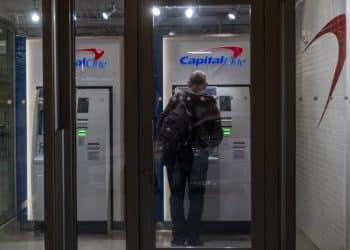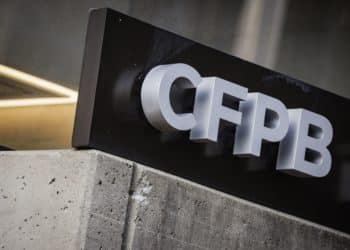US Bank’s Mobile Photo Bill Pay Users Doubled in Last Two Weeks
 While usage of US Bank’s revolutionary mobile photo bill pay solution has doubled in just the last two weeks, bank officials say it is “too soon to tell” whether the product is deepening customer engagement or bringing in large numbers of users.
While usage of US Bank’s revolutionary mobile photo bill pay solution has doubled in just the last two weeks, bank officials say it is “too soon to tell” whether the product is deepening customer engagement or bringing in large numbers of users.
That was the upshot of the briefing of the new product yesterday by Chris Peper, vice president of mobile for the Minneapolis-based bank, at Net Finance 2013.
US Bank is currently the only major US financial institution to offer a mobile photo bill pay solution, launching it just six weeks ago. Until yesterday, the bank has kept quiet about it.
Bill pay using the smartphone camera has been touted as the “next big thing” in mobile because of the success of its product cousins, mobile remote deposit capture, or RDC, and online bill pay, both of which are commonly thought of as “sticky” applications.
Mary Monahan, research director, mobile for Javelin Strategy & Research, offered some background on mobile imaging. She described the cost-savings of mobile imaging, which includes RDC and bill pay. Javelin estimates that checks deposited physically cost banks $4.25 each, while checks deposited remotely cost just $0.10. She cited William Demchak, CEO of PNC Bank, as saying RDC saved the Pittsburgh bank $3.85 per check. And USAA, with no branch network, saved 97% per remotely deposited check by cuttings its per-check costs to just $0.04 from $1.21.
Additionally, some banks — such as US Bank and Regions Bank — are charging for RDC with some success, “so there’s revenue potential as well as cost savings,” Monahan said.
64% of US financial institutions now offer mobile RDC, she said. When Wells Fargo & Co. began offering RDC in late 2012, active mobile users jumped 33%.
Travelocity is using mobile imaging to scan credit cards, as are vendors such as Flint Mobile. It’s a pain point for customers to enter credit card numbers over mobile, she said. “Imaging bridges the gap in the customer experience,” Monahan said.
Peper agreed. US Bank arrived at offering mobile photo bill pay after it floated to the top of user group wish lists, he said.
“It was partly a play for bank switchers,” he said, adding that bundling a switch kit into mobile photo bill pay has been discussed.
The single most prominent hurdle to switching banks for most customers is transferring their online bill pay accounts to the new financial institution.
Peper described the success rates of scanning bills. (Anyone who has used RDC on checks knows lighting can be tricky.) “10% are a perfect match,” he said, meaning they are scanned perfectly and all the constituent factors — address, phone number, account number — check out. 60% require a user to verify something. Biller phone numbers are often omitted from bills, he said. And finally, 30% don’t import because they are perhaps small or local billers, “deep down the customer’s list of billers,” he said.
“Thousands of billers” have been incorporated into the bank’s biller profiles via mobile, he said, and 10% to 15% of billers that enter US Bank’s system now come via mobile.
There has been very little marketing of the feature to date, he said, and a push is planned for later this year. Looks like US Bank’s head start on mobile photo bill pay is about to get even bigger.











